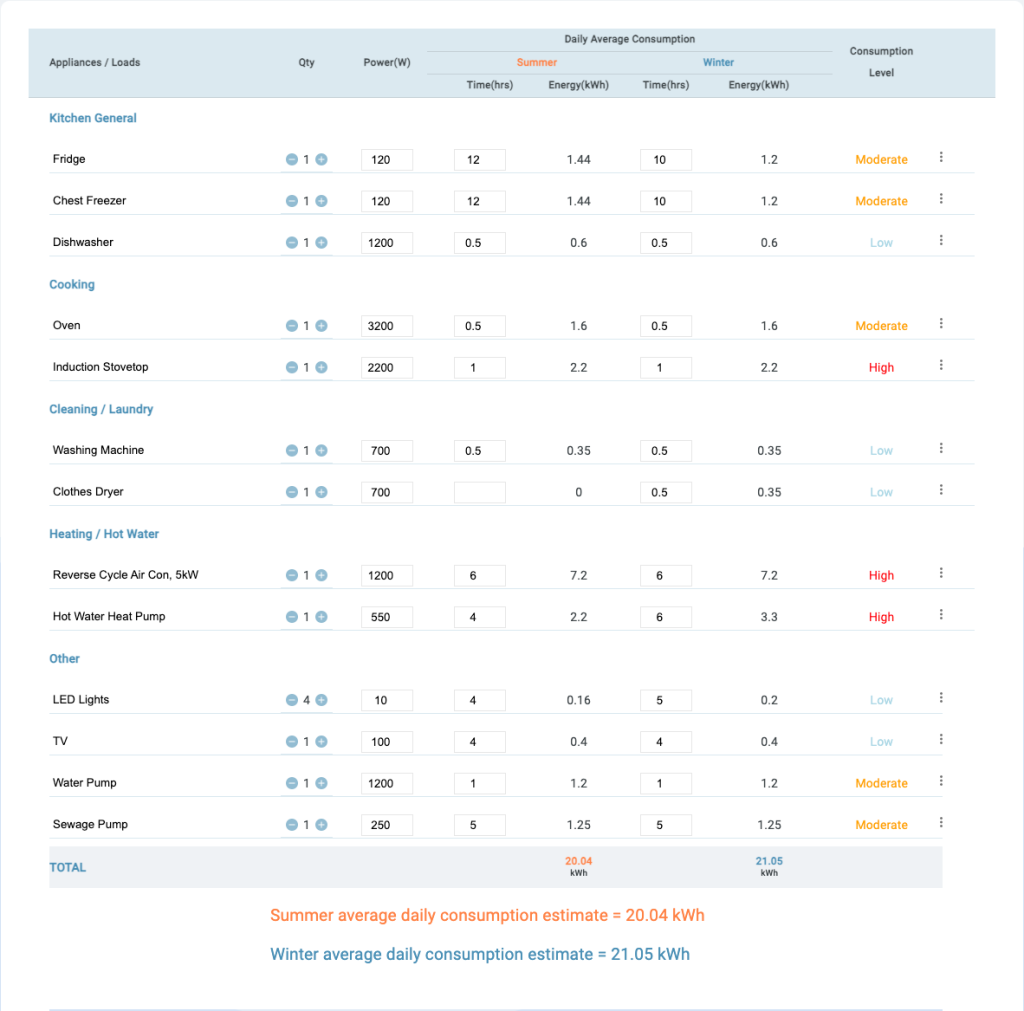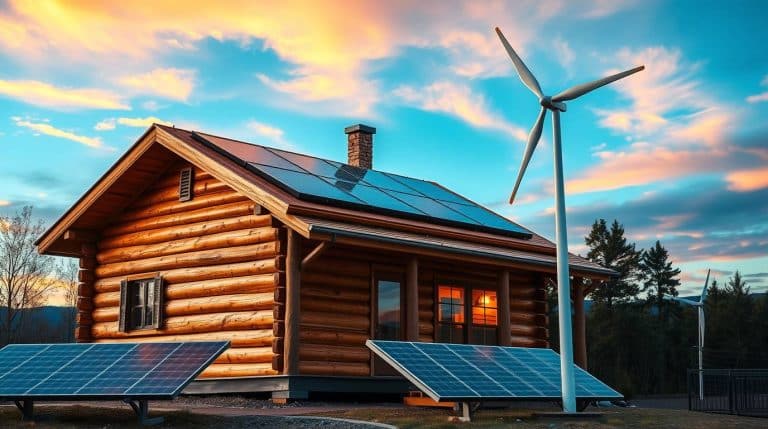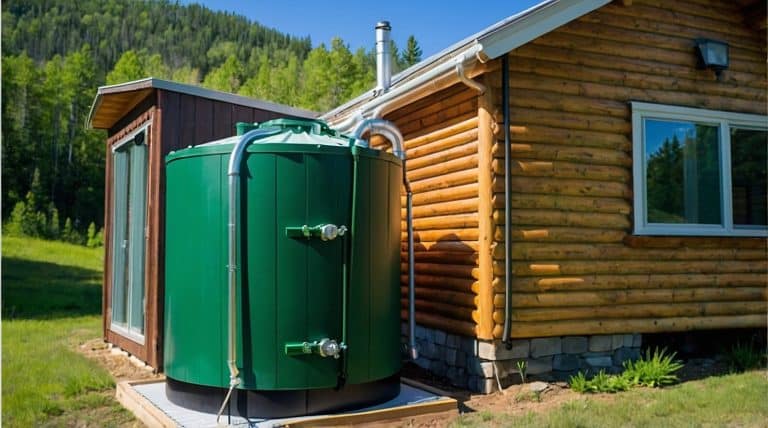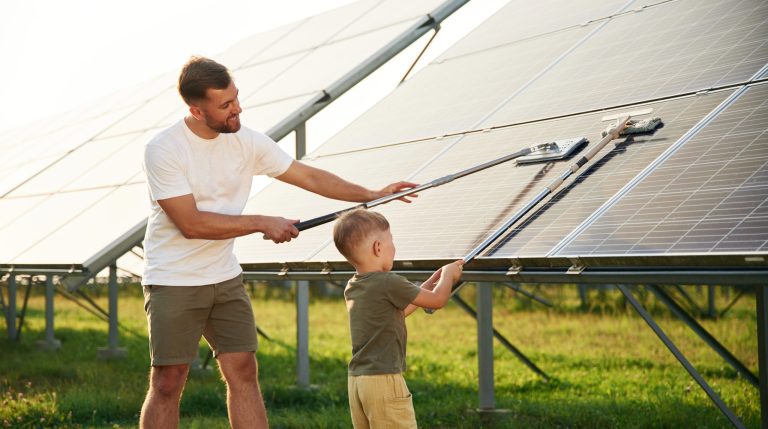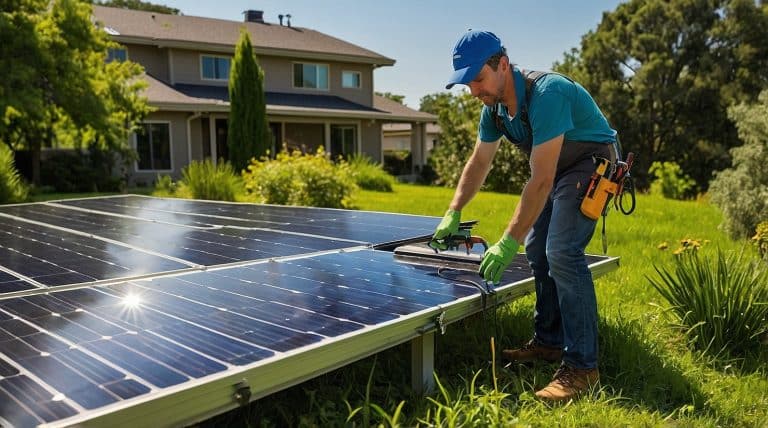Unlocking Energy Freedom: A Guide to Off Grid Solar Systems
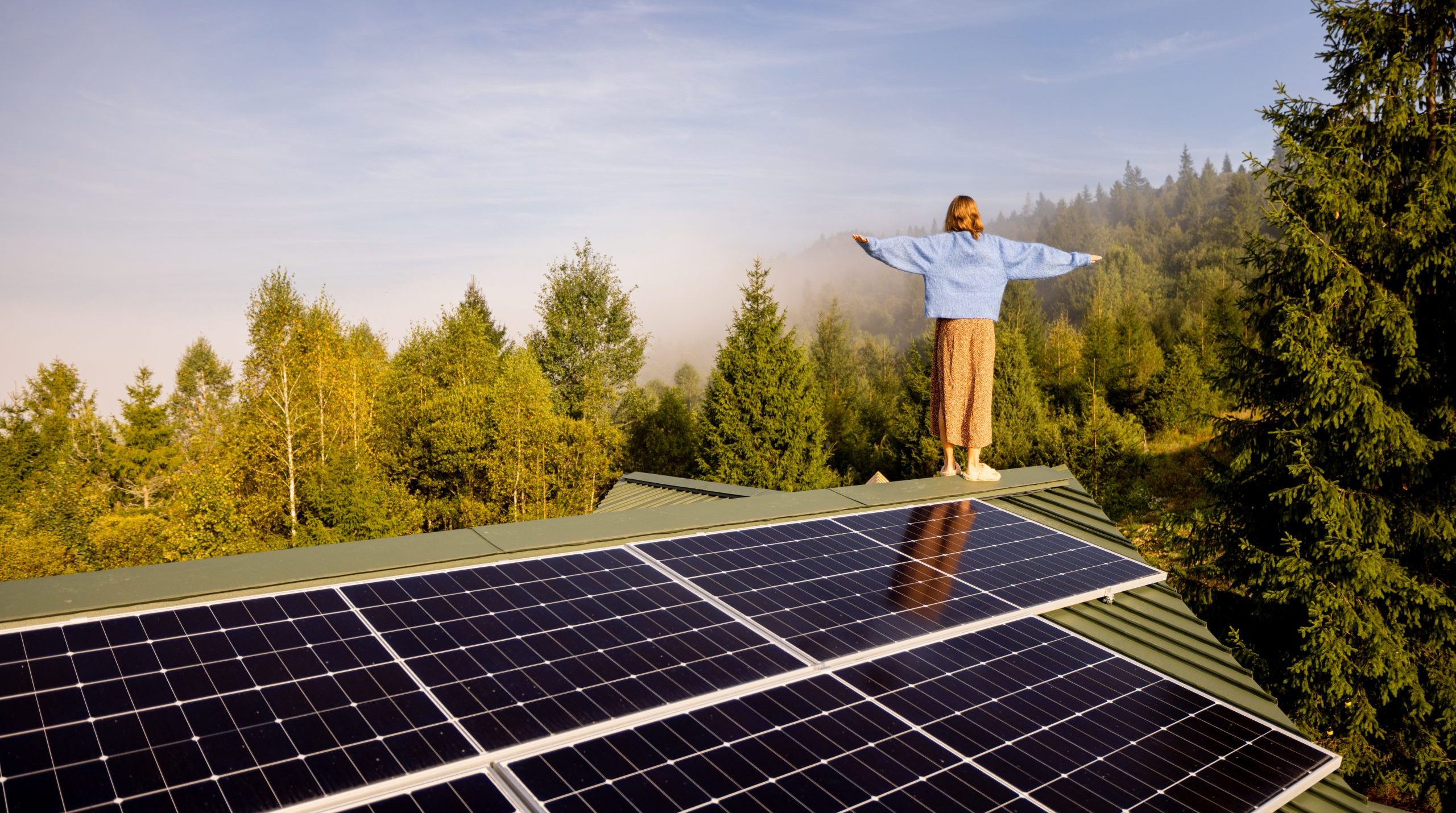
Ready to ditch the power company and embrace energy independence? Off grid solar systems are gaining popularity, offering a sustainable and cost-effective way to power your home, cabin, or RV. This comprehensive guide will break down everything you need to know about off grid solar systems, from understanding the basics to designing, installing, and maintaining your own system.
This isn’t just about saving money; it’s about taking control of your energy future and creating a more sustainable lifestyle. Off grid solar systems can also provide a lifeline in emergencies. Whether you’re seeking energy independence or a backup power option, this is an option worth exploring. Let’s explore how these systems work and their benefits.
What Are Off Grid Solar Systems?
Off grid solar systems, also known as stand-alone systems, generate electricity from sunlight. Unlike grid-tied systems, they operate independently of the traditional power grid. They convert free energy from the sun to provide reliable power day and night without utility companies.
Components of a System
These systems have several key parts that work together. The interplay of components captures, stores, and distributes energy, forming a closed-loop power generation system. Off-grid solar kits can be a great way to get started.
- Solar Panels: These capture sunlight and convert it into DC (direct current) electricity. Consider solar panels as the system’s energy entry point. Today’s panels last about 25 years and even longer with proper cleaning.
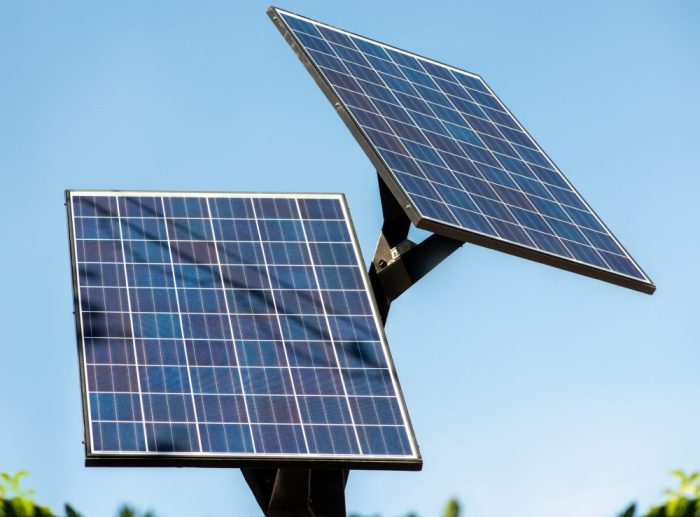
- Charge Controller: This manages the electricity flow from solar panels to batteries, playing a pivotal role in the system. A battery charger ensures efficient energy transfer.
- Batteries: Batteries store energy from off grid solar systems for use at night or on cloudy days. Common options include lead-acid and lithium-ion batteries, with lithium-ion offering higher efficiency but varying costs. Battery banks ensure sufficient energy storage for uninterrupted power.
- Inverters: Inverters convert the DC electricity from solar panels and batteries into AC (alternating current) electricity, which most household appliances use. They act as energy translators for solar energy systems. Inverter chargers combine both functions in one unit.
- Backup Generators (optional): For added reliability during prolonged bad weather or high energy demands, a backup generator offers peace of mind. This ensures power off-grid, even in challenging conditions.
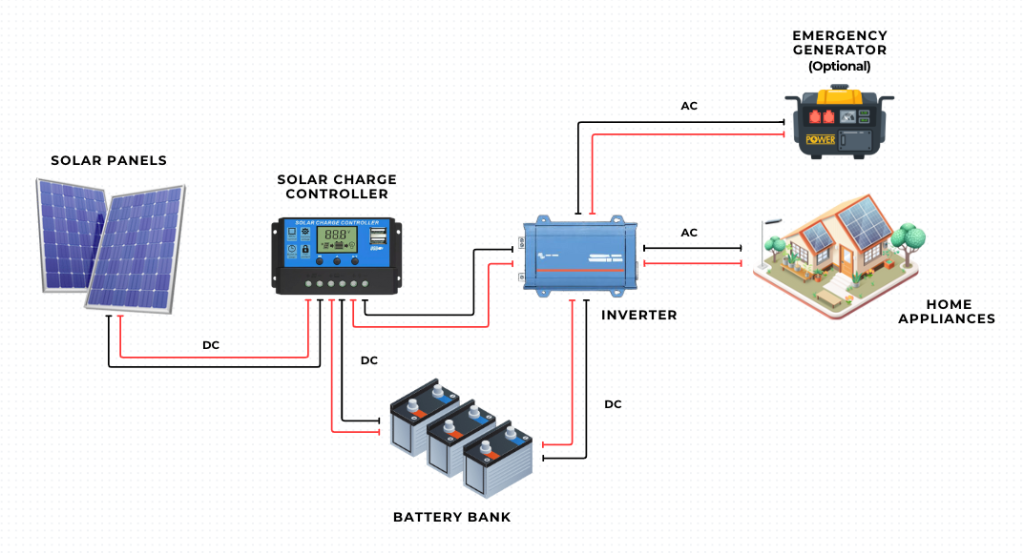
Designing Your Off Grid Solar Systems
Many off grid solar systems are available, each designed to meet different energy needs and living situations. From portable solar kits for RVs and campers to large-scale complete off-grid systems for homesteads and cabins, the variety of options allows users to tailor their setup to their specific lifestyle. Selecting the right system requires a clear understanding of your power consumption, site conditions, and long-term goals.
For instance, a small cabin may only need a modest solar array with a few batteries. At the same time, a large home with modern appliances will require a more robust system with higher-capacity off-grid solar panels, inverters, and battery storage. Without this level of customization, users risk under-powering their system, leading to outages or overspending on unnecessary components.

Careful planning and precise calculations are essential for a successful off-grid solar project. Start by conducting a comprehensive energy audit to calculate daily power needs, considering seasonal variations in sunlight. Proper system sizing ensures enough energy production and storage capacity to meet your needs year-round.
Additionally, consider the placement and orientation of solar panels, battery capacity, and inverter size. Investing time in the design phase can save you from costly upgrades later. Partnering with an experienced solar provider or using online solar sizing calculators can streamline the process and ensure a system that balances efficiency, cost, and energy independence.
With the right approach, you can create a reliable, self-sustaining power system that offers energy security, even in remote locations.
Assessing Energy Consumption
Start by determining your daily energy consumption by averaging the electricity usage of similar homes and comparing it with off-grid system requirements. Pay close attention to high-demand appliances, as they significantly impact overall energy needs.
This assessment is essential for designing an efficient solar system. It ensures that you select the right size for your off grid solar systems, including appropriately sizing your kWh lithium battery capacity for optimal performance.
Calculating Solar Needs and Battery Sizing
Use online tools to check your location’s peak sun hours. This will help you choose the right solar array size. Also, factor in how many days of backup power you need.
Consider the maximum power draw when sizing the battery system. Explore the differences between battery technologies. Hybrid solar inverters can enhance system efficiency.
Use a solar sizing calculator to assess your energy needs accurately to assess your energy needs accurately and to design one of the most efficient off grid solar systems.
If your electricity usage is high, explore options for higher-watt solar panels to meet your energy demands. Understanding your power consumption is crucial for selecting the appropriate wattage and ensuring your system can provide consistent, reliable power.
Backup Power Options
While solar power is dependable, cloudy days or high demand may deplete stored energy. Supplemental power sources like generators or wind turbines add reliability. Individuals living off-grid have various backup power options, such as portable solar panels.
Even those who are homesteading might find free solar initiatives helpful. Free solar opportunities are available through government-supported plans for homes.
Installation and Maintenance
This section focuses on getting your off grid solar system up and running smoothly and keeping it in top condition. Proper installation and maintenance are vital for off-grid systems.
Key Steps for Successful Off Grid Solar Installation
- Site Assessment: To maximize energy production, determine solar access, roof orientation, and shading. Southern exposure is ideal. Factors like roof pitch and panel angle are key in system efficiency. Properly installing combiner boxes enhances system safety and reliability.
- Mount Panels Securely: Use proper hardware and racks for roof-mounted or ground mounts. Ground mounts offer advantages, such as adjustability.
- Wire and Configure: Install your inverter and batteries following manufacturer instructions. Configure the power center for optimal performance.
- Check for Proper Function: Test each component and ensure safety mechanisms like surge protectors are in place.
- Install and Configure Charge Controller: Set optimal system settings. High-end models can accommodate future energy-producing options.
- Engage Your Solar: Set the angle for peak energy performance. Even with ample sunshine, micro-adjustments can boost performance, especially during winter.
Maintaining System Health for Optimal Performance
Routine maintenance is crucial for the longevity and efficiency of your solar panel kits. Portable power solutions may also require regular upkeep to ensure consistent performance and prevent unexpected disruptions.
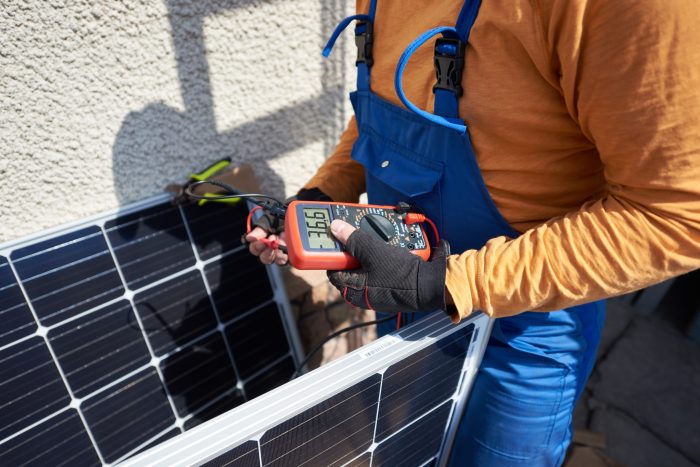
To maintain optimal system health, regularly inspect your off grid solar systems. Check for dirt, dust, and debris on solar panels, as even minor obstructions can significantly reduce energy output. Clean the panels using non-abrasive tools, soap, and water, especially in areas with heavy dust or pollen.
Inspect wiring, connections, and battery terminals for signs of wear, corrosion, or loose fittings. Addressing small issues early can prevent costly repairs later. Monitor battery health regularly, ensuring lithium-ion batteries are properly charged and lead-acid batteries maintain adequate fluid levels.
With consistent maintenance, your system will deliver reliable, uninterrupted power, supporting a more efficient and self-sustaining off-grid lifestyle.
- Regular Cleaning: Keep solar panels efficient by cleaning dust and dirt using soap, water, and a non-abrasive tool, with cleaning frequency based on location and environmental conditions.
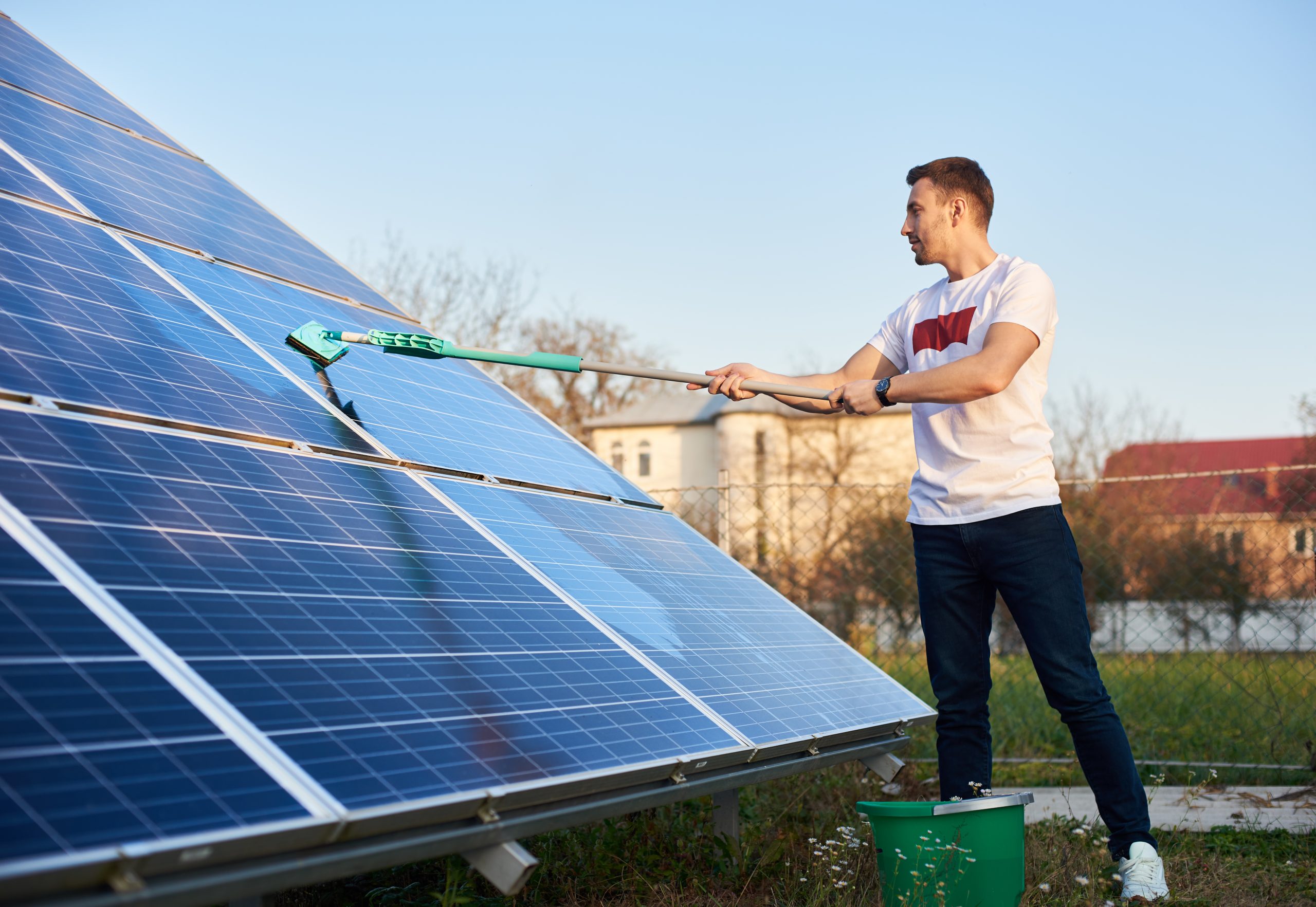
- Check Wiring and Connections: Inspect cables, connections, terminals, and panels for damage or corrosion and address issues promptly. If needed, seek guidance from your supplier’s installer network or learning center.
- Check Battery Function: Monitor fluid levels in traditional batteries or opt for low-maintenance lithium-ion batteries. For high energy demands, explore rebate incentives for energy storage systems to enhance your off grid solar system.
Off-Grid Living with Solar
Successful off-grid living involves understanding the performance of your solar systems over different seasons. It also involves embracing sustainable practices, like water conservation through rainwater harvesting. Off-grid living encourages conscious consumption and smarter resource management.
Energy Efficiency Strategies for Off-Grid Harmony
Conserving energy makes off-grid living more rewarding. Understand each device’s energy demands and prioritize those with the greatest power draw. Wall-mount inverters can save space. Using timers in devices, inverters, and charge controllers lowers demands and increases energy autonomy for high-power usage electronics. Efficient battery chargers help maximize energy storage.
Choose DC-rated gadgets to avoid energy loss. Explore energy-efficient options, such as power management tools from Renogy or other high-quality power converters and inverters. Use energy consumption calculators to plan off-grid homes and lifestyles. Off grid solar systems provide a path to energy independence and sustainable living. You can power your life with clean energy by understanding the components, designing a suitable system, and maintaining it properly.
From remote areas to independent individuals, off-grid solar is a powerful solution. Careful planning is key whether you’re looking at watt solar kits or complete solar systems. Consider exploring bifacial solar panels for enhanced energy capture.
Conclusion
Embarking on the journey toward energy independence with off grid solar systems is a rewarding step toward self-sufficiency and sustainability. You can design a customized system that fits your lifestyle by understanding the key components, assessing energy consumption, and calculating your solar and battery needs.
Proper system design, installation, and regular maintenance ensure consistent energy production and reliable performance. Incorporating solar panels, inverters, batteries, and backup power options allows you to control your energy needs, even in remote locations.
With a well-planned off-grid solar kit, you can achieve true energy independence, reduce reliance on traditional energy grids, and enjoy a self-sustaining lifestyle with clean, renewable energy at your fingertips.

